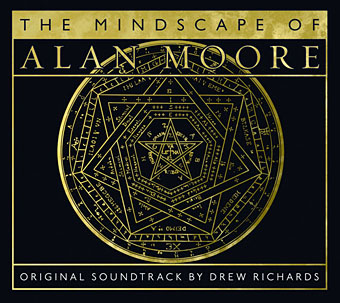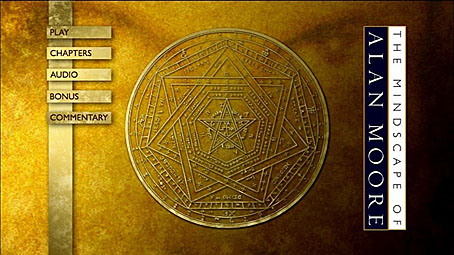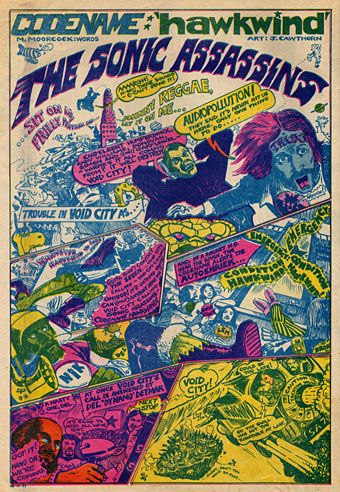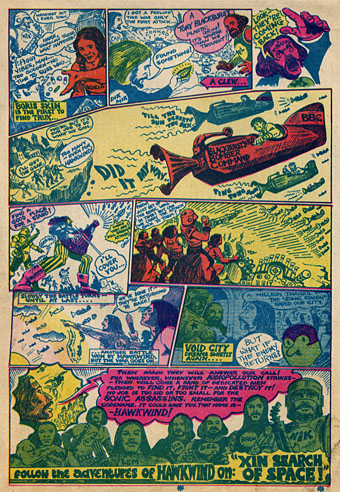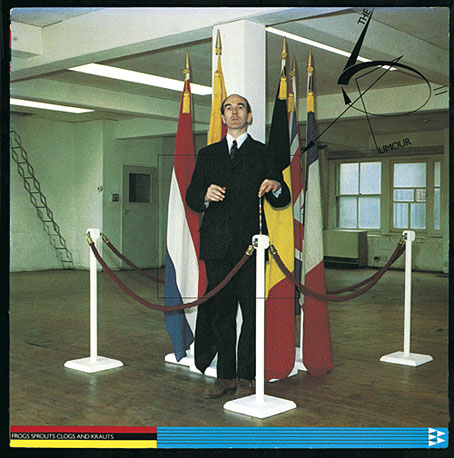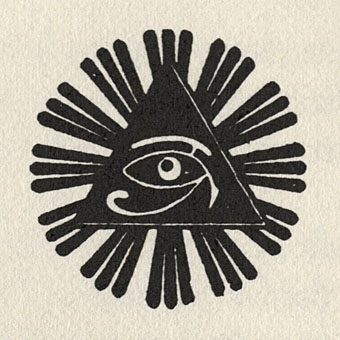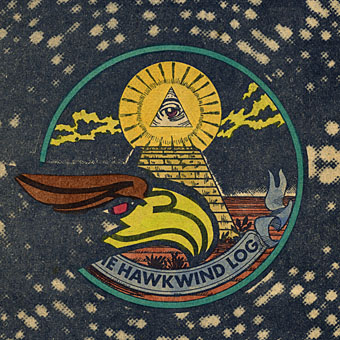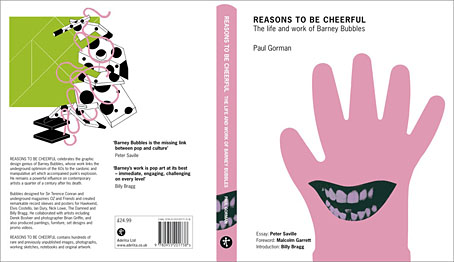
For those who’ve been eagerly awaiting Paul Gorman’s Barney Bubbles monograph, here’s the latest. Readers in the UK may also like to know there’s a feature about the book in the current issue of The Word. By coincidence, if you turn the page in the magazine there’s another feature about the Rob Gretton book I designed recently, 1 Top Class Manager. And for coincidence overload, designer Peter Saville turns up in both volumes.
Reasons To Be Cheerful: The Life and Work of Barney Bubbles
By Paul Gorman
“Barney Bubbles is the missing link between pop and culture” Peter Saville
REASONS TO BE CHEERFUL is a lavishly illustrated celebration of the creative legacy of one of the most mysterious yet influential figures in graphic design: Barney Bubbles.
Bubbles – who died 25 years ago – links the colourful underground optimism of the 1960s to the sardonic and manipulative art which accompanied punk’s explosion a decade later.
Producing extraordinary artwork under the shroud of anonymity and a number of pseudonyms, in the 60s Bubbles created early posters for the Rolling Stones, brand and product design for Sir Terence Conran and psychedelic lightshows for the Pink Floyd.
He was also responsible for the art direction of underground magazines Oz and Frendz and the masthead for rock weekly the NME, and is best known for a plethora of stunning record sleeves, logos, insignia and promo videos for musicians and performers, from counter-culture collective Hawkwind to new wave stars Elvis Costello, Ian Dury, Nick Lowe, Graham Parker, The Damned, Billy Bragg, Squeeze, Depeche Mode and The Specials.
Meticulously researched with 600 images, REASONS TO BE CHEERFUL is the first and definitive investigation into Bubbles’ life and work, with interviews and contributions from family and close friends, college pals and workmates as well as collaborators including pop artist Derek Boshier, author Michael Moorcock and photographer Brian Griffin.
Incorporating many previously unpublished images, REASONS TO BE CHEERFUL is also the only comprehensive collection of Bubbles’ output over a 30-year period: every important record sleeve, poster and advertisement as well as examples of his excursions into abstract portraiture, book design and furniture, supported by student sketchbooks, working drawings, film proposals and personal photographs and correspondence.
Singer-songwriter Billy Bragg has contributed the foreword, graphic designer Peter Saville an essay on the significance of Bubbles’ oeuvre and his contemporary Malcolm Garrett a personal memoir.
REASONS TO BE CHEERFUL is published on December 4 2008.
Trim size: 280mm x 230mm
Binding: Hardback
Pages: 224
Words: 55,000
Images: 600
RRP: £24.99
And while we’re on the subject, Barney Bubbles enthusiasts Rebecca & Mike left news on the original BB posting about a forthcoming exhibition of work by photographer Brian Griffin.
On show will be the newspaper ‘Y’, the books ‘Copyright 1978′ and ‘Power’, and associated posters, including the ‘coat hanger and scarf’ poster for Brian’s photo show in 1980. All of these (apart from ‘Power’) will be available to buy too (we think)… so, if you want to, you can bag yourself an early Christmas present (and help put some turkey on Brian’s table!)
Here’s the details: Brian Griffin, 15 November – 8 December 2008 , Monday – Saturday 11 – 6, at ‘England & Co.’, 216 Westbourne Grove, London W11 2RH.
The ‘Y’ newspaper’s got a real chunky red button on the cover (in a little plastic bag); symbolic of the nuclear button we-thinks, and there’s a great concentric circle graphic on the cover too, which is reminiscent of a few things, like the back of the not-used Dury ‘4000 Weeks Holiday’ LP sleeve design and also the front of the never released ‘Station BPR’ LP sleeve (which was due to be the second release on Billy Bragg’s ‘Utility’ label). There’s also an illustration in ‘Y’ by Nazar Ali Khan of ICU fame.
The ‘Copyright 1978′ booklet is cool too; with nearly every one of Brian’s photos in it being accompanied by thumbnail graphics by Barney, which contain cryptically encoded comments. The one that always sticks in our mind is the one that questions whether it is good or bad to receive awards for your work.
Previously on { feuilleton }
• Reasons To Be Cheerful, part 2
• Reasons To Be Cheerful: the Barney Bubbles revival
• Barney Bubbles: artist and designer

